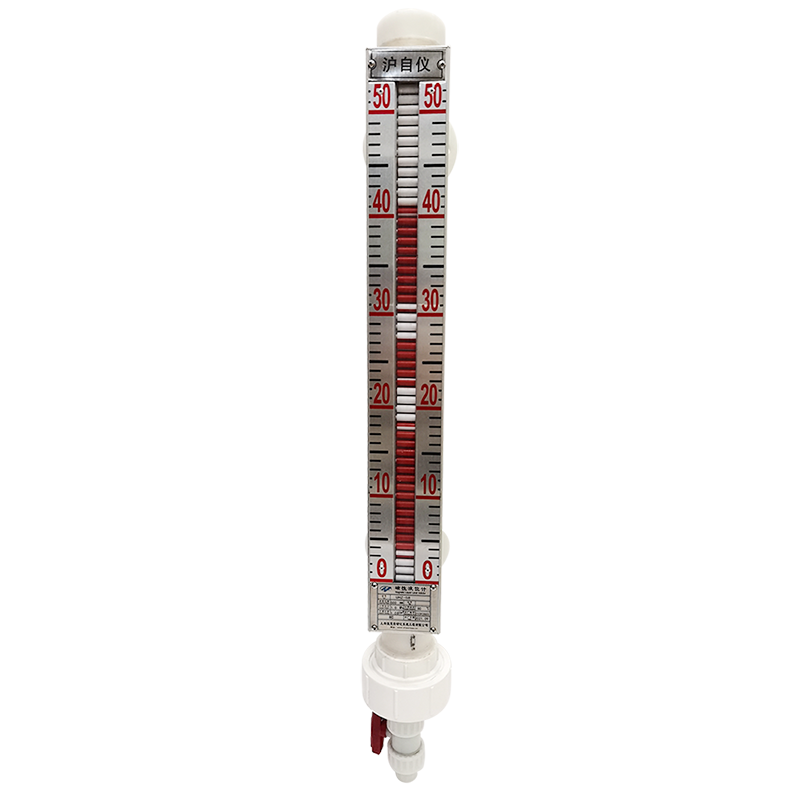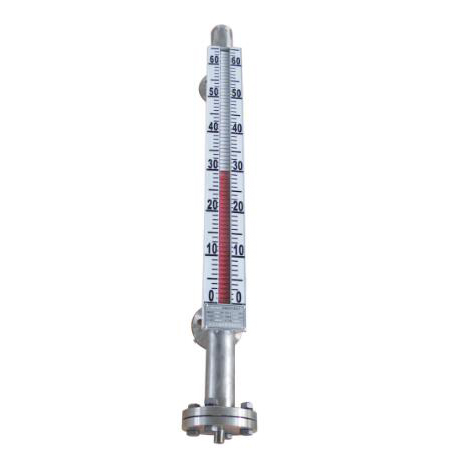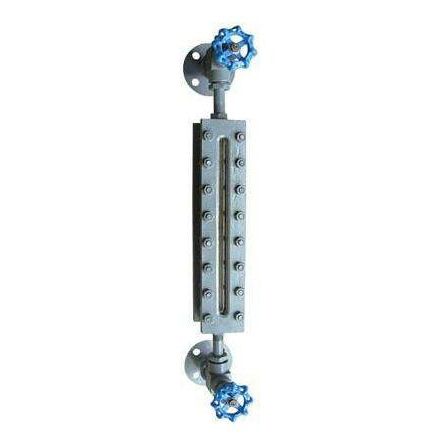Column navigation
Products
- Magnetic level gauge
- Magnetic level gauge
- Magnetic flap level gauge
- Glass plate level gauge
- Float level gauge
Contact Us
contacts:
mobile phone:4006643188
Telephone:13524563188
Email:13524563188@163.com
Address:Shanghai City
Industry News
Application of thermocouple compensation wire
- Release time:2025-01-10 17:26:17
1、 Why use compensating wires?
Because when using a thermocouple for temperature measurement, the reference temperature of the thermocouple should be kept constant. Otherwise, the measurement error introduced during temperature measurement will be a major variable, which will affect the accuracy of temperature measurement. However, in on-site use, the thermocouple reference end is often located near a high-temperature heat source, and the thermocouple reference end cannot be stabilized due to the influence of the heat source. Therefore, it is necessary to move the thermocouple reference end to a location with a relatively stable temperature; The compensating wire is made of the same metal material as the thermocouple, or has the same thermoelectric characteristics (heating power) as the thermocouple it is connected to within a specified temperature range (generally 0-100 ℃), and is made of readily available and inexpensive metal materials. It can extend the function of the thermocouple in temperature measurement or serve as a connecting wire between the thermocouple and instruments (such as electronic potentiometers). So, when using thermocouples, compensation wires should be connected. But it cannot eliminate the influence of non-zero reference temperature, so the reference temperature should still be corrected to 0 ℃ during use.
2、 Pay attention to the following points when using compensating wires:
1. Various compensation wires can only be used with corresponding models of thermocouples, which means that the heating power of various thermocouples and the compensation wires used with them should be consistent within the specified temperature range (such as 0-100 ℃).
When connecting the compensating wire to the thermocouple instrument, the two pairs of connection points should be at the same temperature and the positive and negative poles should not be connected incorrectly. The compensation wire is equivalent to a thermocouple within a certain temperature range (0-100 ℃), so its current also flows from the positive electrode to the negative electrode through the reference terminal. Therefore, when connected to the thermocouple, the positive electrode of the compensation wire should be connected to the positive electrode of the thermocouple, and the negative electrode should be connected to the negative electrode of the thermocouple. If the polarity is reversed, not only will the compensating wire lose its function, but it will also offset some of the heating power of the thermocouple, causing the instrument's indicated temperature to be lower.
3. The temperature at the connection point of the compensating wire and thermocouple shall not exceed the specified temperature range for use.
4. The diameter of the compensating wire should be selected according to the different requirements of the equipped instrument. For example, the compensating wire connected to the dynamic coil instrument can be selected with a thicker wire diameter to reduce its resistance value, so as not to affect the external resistance value of the instrument.
5. For thermocouples with longer lines, multiple and thicker compensating wires can be used for easy installation and laying.
3、 Compensation wires should be divided into two types based on the alloy material of the core wire: extension type and compensation type
Extended compensation wires: NX (nickel chromium silicon nickel silicon magnesium), KX (nickel chromium 10 nickel silicon 3), EX (nickel chromium 10 copper nickel 45), JX (iron copper nickel 45), TX (copper copper nickel 45).
2. Compensation type compensation wires: including SC and RC (copper copper nickel 0.6), KC (copper copper nickel 40), NC (iron copper nickel), etc.
4、 The timing for using extension or compensation type compensation wires:
Extended type: When the environment where the cold end of the compensating wire is located is greater than 100 degrees or less than 0 degrees, in order to achieve measurement accuracy, only the extended type compensating wire is selected, but the price is relatively expensive.
2. Compensation type: Economically inexpensive, but the cold end temperature must be in a relatively stable location.
5、 Characteristics of compensating wires:
1. Stable thermoelectric characteristics, good electrical insulation performance, and long service life.
2. Soft, with good bending performance and easy to use.
3. The coating material is stable and reliable, with certain temperature resistance and cold resistance.
- Previous article:What are the types of liquid level gauges?
- Next article:There's nothing more






